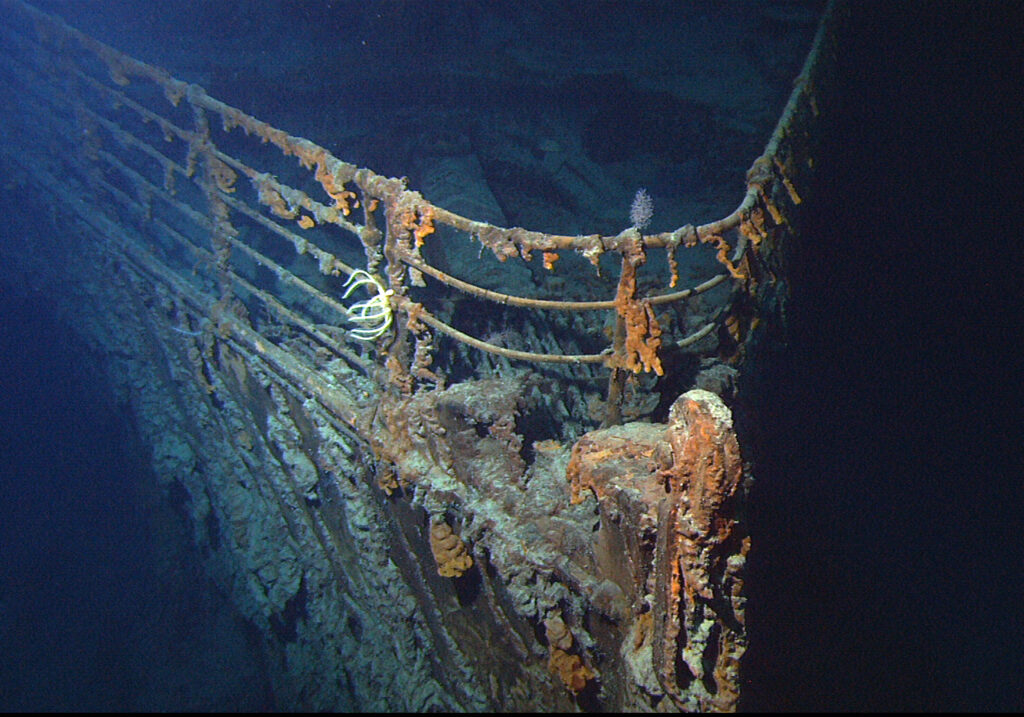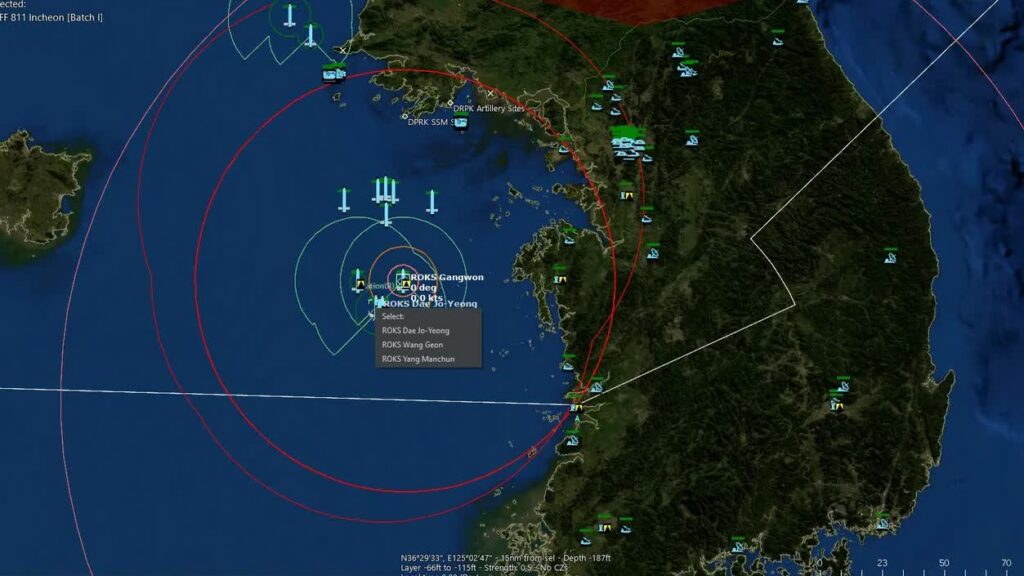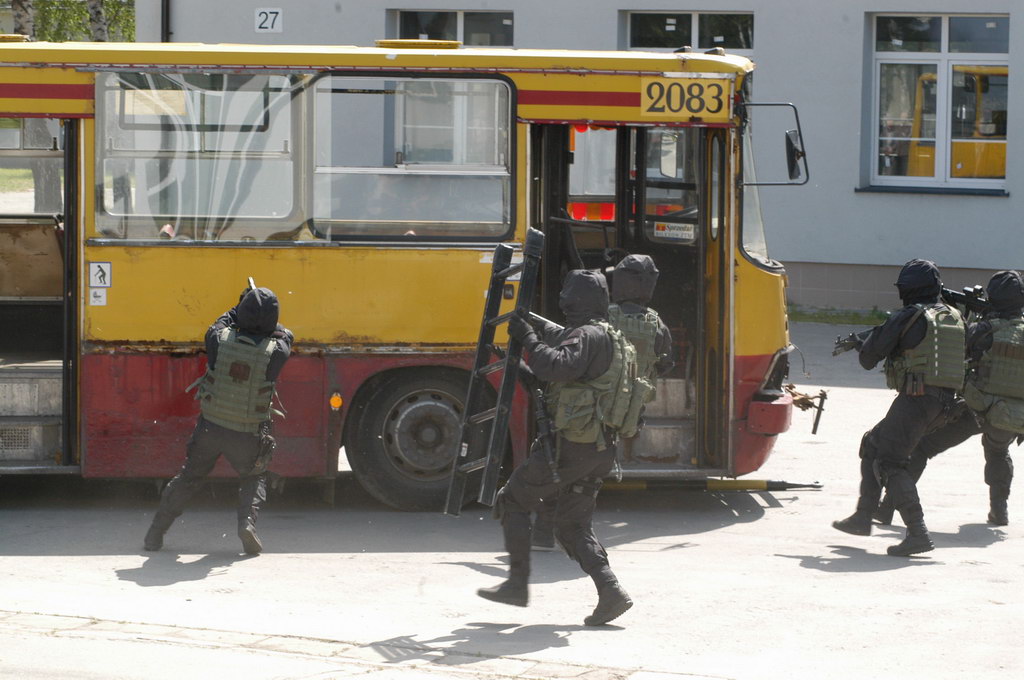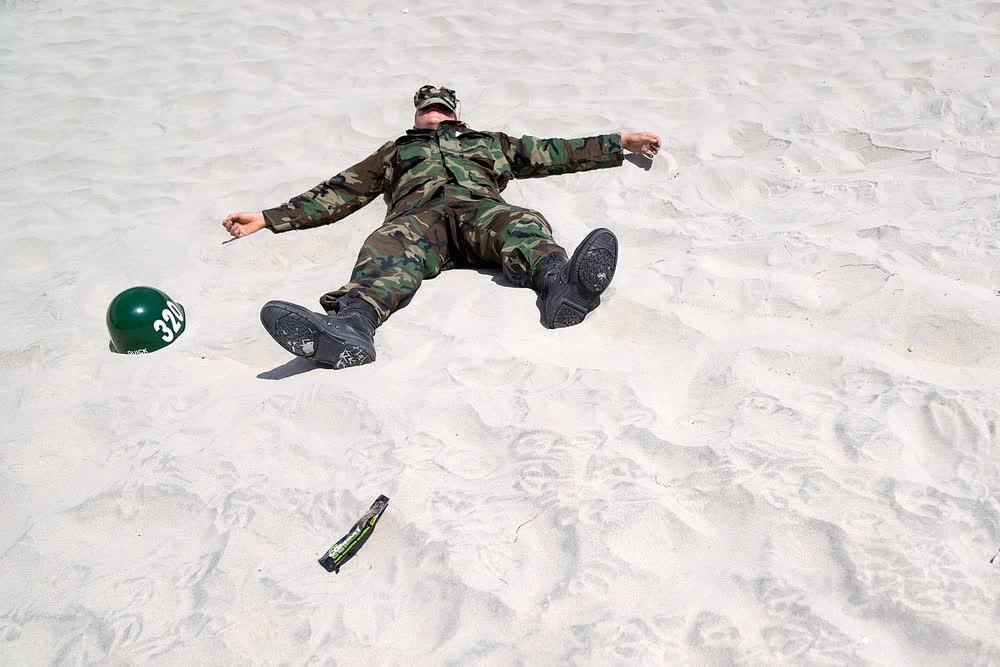The US Navy’s secret Cold War mission that found the Titanic
- By We Are the Mighty
Share This Article

Can you imagine having found one of the most famous shipwrecks in history and not being able to talk about it? Robert Ballard can. Ballard was the lead oceanographer for a fact-finding, top-secret Navy mission in 1985 and he helped discover the Titanic.
But how did the Navy find it? And why did it take so long for anyone to talk about it?
Well, the answer to the second question is simple. No one talked about it because the mission was top-secret. Scant details managed to make their way to the surface in the mid-1990s, but the Navy neither confirmed nor denied. So there wasn’t anything concrete to go on, and most people chalked up the idea that the Navy discovered the Titanic as a conspiracy theory.

Related: That time a Navy submarine was attacked by a swordfish
Then James Cameron’s 1997 blockbuster Titanic hit the silver screen, and there was a renewed interest in what kind of role the Navy played in the shipwreck’s discovery. Despite the renewed interest, the Navy kept a tight lid on any PR about the shipwreck.
Mum’s the word
The year was 1985, and America was deeply entrenched in the Cold War with the Soviet Union. A secret investigation was launched to explore two wrecked nuclear subs. The Navy wanted to get a closer look at the technology left aboard the USS Thresher and the USS Scorpion. Rumor had it that the USS Scorpion had been shot down by the Soviets, and part of the mission was to find out if that was true or not. Equally concerning was the fact that both of the ships were powered by nuclear reactors, and the Navy wanted to make sure there was no impact on the marine environment.

Related: Two former Navy SEALs’ plan to map the ocean floor
Ballard had a suspicion that the Titanic might be near the wrecked nuclear subs, so he asked the Navy for something unusual. He wanted to look for the ill-fated 1912 vessel while he and his crew were exploring the submarines.
Initially, the Navy said no way but then changed their minds, only if Ballard completed the Navy mission first. If there was “still time left over,” then Ballard could look for the Titanic.
Good thing there was some extra time, otherwise, the shipwreck might never have been discovered. Naturally, Ballard was super excited about his find – until the Navy said that he couldn’t say anything. Big Brass got nervous about the publicity around the shipwreck. So they clammed up and didn’t say anything about their big find for twenty years.
Read more from Sandboxx News:
- Everything you need to know about the fire aboard the USS Bonhomme Richard
- This is why sailors wear neckerchiefs with their dress uniform
- Sailors on the USS St. Louis receive $500k scholarship fund
- Australia offers hints at how nuclear submarines will factor in
- US Navy headed for another fight over the fate of its cruisers
This article by Jessica Evans was originally published by We Are the Mighty. Follow WATM on Facebook.
Feature image: National Oceanic and Atmospheric Administration
Related Posts
Sandboxx News Merch
-

‘AirPower’ Golf Rope Hat
$31.00 Select options This product has multiple variants. The options may be chosen on the product page -

‘Kinetic Diplomacy’ Bumper Sticker (White)
$8.00 Add to cart -

‘Kinetic Diplomacy’ Bumper Sticker (Black)
$8.00 Add to cart
We Are the Mighty
Related to: Military History

The Air Force is letting troops play a video game to prepare for global conflict

Delta Force escapades with Poland’s elite GROM special operations unit

Ukraine is facing serious problems in the east, where Russia’s forces are grinding forward

How Navy SEAL candidates recover after Hell Week
Sandboxx News
-

‘Sandboxx News’ Trucker Cap
$27.00 Select options This product has multiple variants. The options may be chosen on the product page -

‘AirPower’ Classic Hoodie
$46.00 – $48.00 Select options This product has multiple variants. The options may be chosen on the product page -

‘AirPower’ Golf Rope Hat
$31.00 Select options This product has multiple variants. The options may be chosen on the product page -

‘Sandboxx News’ Dad Hat
$27.00 Select options This product has multiple variants. The options may be chosen on the product page
